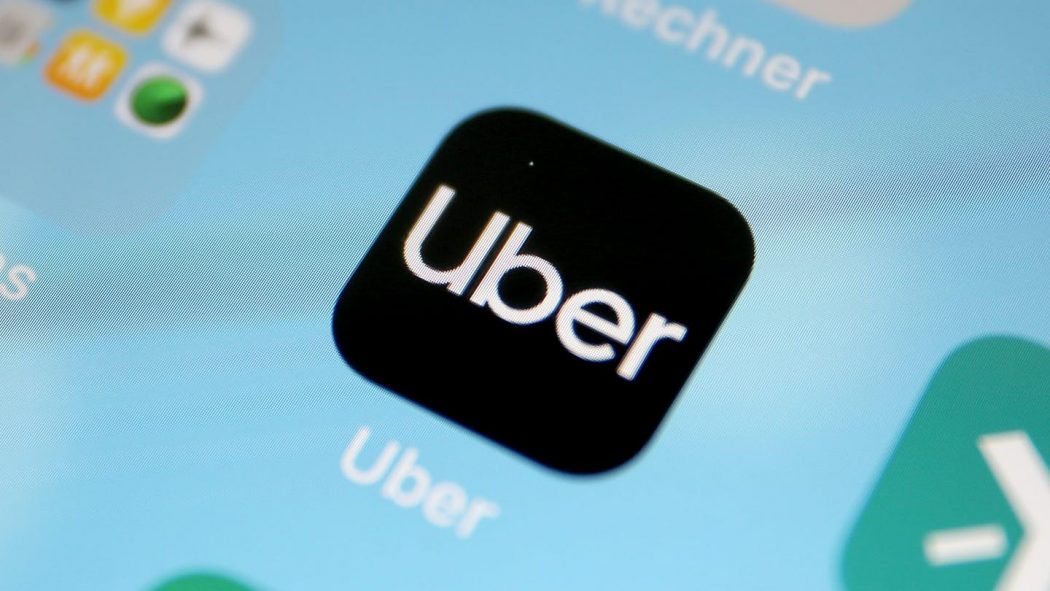Avoiding the surge is a game played by many. Some are less successful than others, but we have all unwittingly fallen victim to the wrath of the infamous “2.0x” label, indicating that the cost of a $10 Uber ride will increase by double, or even more. Around the world, it seems as though the only way to truly avoid the surge is to just wait it out. But on a fast-paced night out in -10 degree weather, waiting is the last thing on the typical Montrealer’s mind.
Uber is notorious amongst its users for its surge pricing system. The convenience of using Uber often outweighs the troubles associated with surge pricing, but like with all systems of utility, there comes a time when tradeoffs between outrageous ride costs and ease of use emerge quite strongly.
This raises the question: why does Uber’s surge pricing system seem to catch us at the worst times?
Most would point toward the simple laws of supply and demand, but when Hurricane Sandy hit the United States’ east coast, these “laws” drew out an unending list of expletives from Uber users. As a company, Uber is adamant. Their exact words are that “riders pay more or wait.” The founder of Uber himself mentioned that supply should always be full, as any business wants. The pricing model, however, is used to fine-tune this supply as well as demand. Essentially, surge pricing is Uber’s ingenious way of running the daily operations of the business’s supply chain, without actually having to run the business itself. Simply put, it’s the company’s way of maximizing potential revenue streams.
The Uber experience makes it feel like the mobile app knows exactly how badly we want to climb into a car and head home…
It seems as though, in a world where the free market economy is supposed to rule, Uber’s surge pricing model is the exemplar. Putting jargon about demand system elasticities aside, the Uber experience makes it feel like the mobile app knows exactly how badly we want to climb into a car and head home after the horrors of St. Laurent have finally outdone us. This is because, shockingly, that is exactly how Uber has designed the surge pricing model to work.
Uber has found a way to focalize our exact location into small hexagonal blocks. When the demand specificities of these blocks begins to rise or fall, the coding of these blocks change. According to a course study at Cornell University, this means that Uber knows just how much we need a ride once this locational information has been established. The app determines the rider’s exact phone battery level and predicts how likely the rider is to pay for surge pricing or not. Through a combination of other factors incorporated into the model, such as weather conditions, time of day, historical trend series, and even any local events that may be occurring, a final surge number is churned out onto our screens. Someone’s willingness to pay is ultimately up to them, but the fine details of this surge pricing model, as well as the level of hatred toward it, begins to create speculation about how the company is performing.
…the company has laid off 1,000 workers in the last year, and is in the process of reworking their business operations to fit with increasing amounts of regulation toward what some call the ‘gig economy’ Uber has championed.
However, in spite of its vehement critics, supporters of the surge pricing model believe that upcharging customers not only benefits drivers, but the public in general. Some believe that surge pricing cuts idling times cut down, and that telling people where to be and when contributes to the natural flow of daily life. Moreover, Uber drivers, with their increased earnings on surge priced trips, are given more incentive to provide quality and expedient service. It also gives riders more motivation to be on the road during large planned events, holidays, and periods of high demand, like when there’s poor weather. And so far, this mentality has worked in bolstering profits.
But while this facet of Uber’s model has provided a healthy boost to their profits since its implementation, the company is still in financial trouble. In spite of its 5.5 million daily riders, Uber has seen declining earnings and increasing levels of disillusionment with the company’s operations. From drivers striking in Montreal and across the globe, to their failed initial public offering in May (which has since halved the company’s value), Uber has abandoned its place of financial stability. With their stock down 37 percent in the last 10 months, as well as their recent decrease in demand due to the recent COVID-19 pandemic, their future is in doubt now more than ever.
More than that, Uber has faced enormous pressure from its investor base, and has a lot to answer for. Amid their restructuring efforts, the company has laid off 1,000 workers in the last year, and is in the process of reworking their business operations to fit with increasing amounts of regulation toward what some call the ‘gig economy’ Uber has championed. In their last earnings call, CEO Dara Khosrowshahi told investors that Uber has moved up its time table when it comes to profitability and is hopeful that the company can turn things around by the end of 2020.
With these financial pressures in mind, will Uber continue to search for ways to scrape profits in their pricing model? Indeed, this is not to say that all of the profits are pooled together and enjoyed only by the suits in the corporate office, but it goes to show that the fundamentals of our economic system are ultimately out to improve and streamline efficiencies, especially when surviving Uber’s surge.








